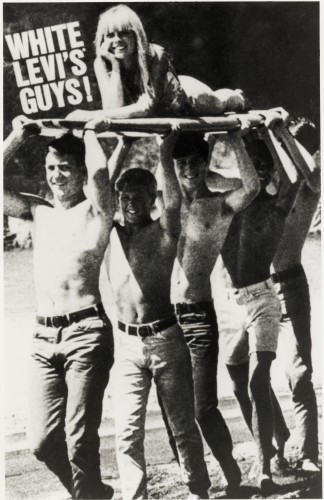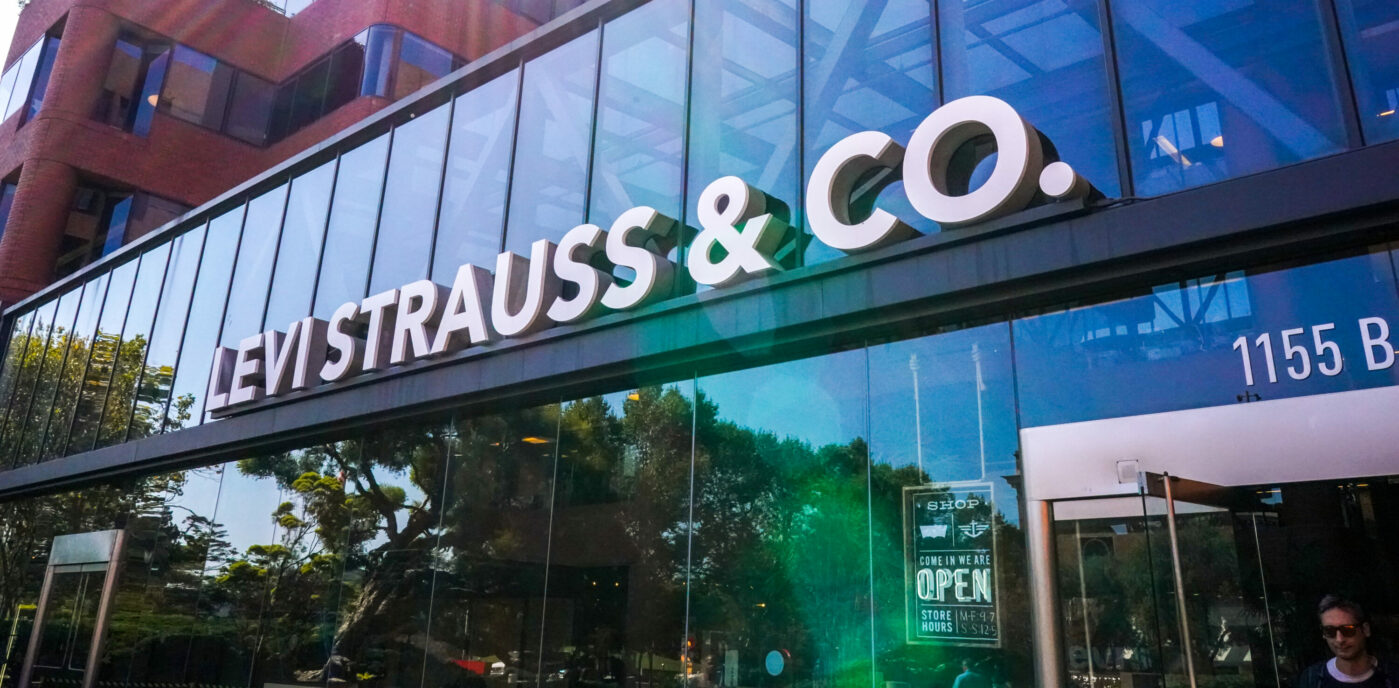It comes as no surprise that two icons of American culture—denim and surfing—have a long and loving history together.
Originated in Hawaii and Polynesia, early surfing competitions were used to settle disputes between islanders, with participants praying to the gods before entering the powerful ocean. When Hawaii flourished as a tourist destination in the early 1900s—roughly 30 years after the blue jean was born—surfing migrated to the Pacific coast.
Surfing’s popularity as a sport, and a culture, exploded over the mid-20th century in Southern California. With an increase in access to automobiles, surfers could now load their boards onto their cars and troll the seashore for the biggest waves.
The ‘50s and ‘60s gave birth to the free-spirited attitude and lifestyle that defines the pastime. Surf music, characterized by an electric guitar’s extensive use of “spring reverbs” (thought to emulate waves) continues to be a major musical influence today. And, of course, there’s surfer speak, which gave us etymological gems, such as “Dude,” “Gnarly,” “Stoked,” and “Cowabunga!”
Movies and television shows, such as 1959’s Gidget and 1964’s Endless Summer popularized surfing in the mainstream, and the stereotypical beach bum bro became an American icon. The specimen was characterized by long, naturally bleached blond hair, a VW transformer with a board in tow, and, of course, a uniform to match—in which Levi’s® were an integral component.
In 1963, Billboard magazine defined said wardrobe to consist of the aforementioned bleached blond hair and white Levi’s® cut off at the knee. (Tennis shoes, T-shirts and plaid button downs were also wave-rider’s wardrobe staples.) The same year, The Majorettes brought us their hit song “White Levi’s®,” an ode to the California boy they so adored. The ladies crooned: “My boyfriend always wears white Levi’s®. Everywhere he goes he’s wearing white Levi’s®,” and confessed that amongst the many virtues of a surfer boyfriend, “What I like the best is, the way my baby dresses.”
As author and journalist Michael Fordham pointed out, this ubiquitous uniform allowed anyone to embody the surfer vibe, whether they knew how to catch a wave or not. “Pretty soon Kansas teens were rocking washed out Levi’s® and Surf Tees and doing the surfer stomp, “ he wrote in his article, “Surf Culture Is Exactly What It’s Cracked Up To Be.”
“There is just that connection between Levi’s and surfing that goes back such a long way. You look at some of those classic Leroy Grannis surf photos and everyone’s hanging out down at San Onofre or Malibu wearing Levi’s,” said John Booker, LS&Co. employee and life-long surfer. “It was work wear, but stylish too. These guys would put in hours at random blue collar jobs to keep that amazing beach lifestyle going. Levi’s would function equally well in both worlds and do it in such a stylish way … That heritage and authenticity is something surfers really value and you can’t fake it.”
And, as with any trend this good, the look has yet to go out of style and continues to be emulated today. “Levi’s and denim are synonymous with California, just like surfing is synonymous with California. Authenticity ties the two together and they both are part of that classic California style,” said pro surfer Kassia Meador. “Longboard surfing is the heritage of our sport. I like riding classic style boards at a classic California pointbreak like Malibu, and I like wearing authentic, classic denim like Levi’s.”
White denim has never been quite so hot as it is this summer. And baggy, faded 501s continue to grace the coast, from Ocean Beach to Baja. Who could blame surfers for staying loyal to a classic, perfectly broken in pair of Levi’s®? No other garment looks better with all the fades that sand and saltwater bring. Surf’s up!








